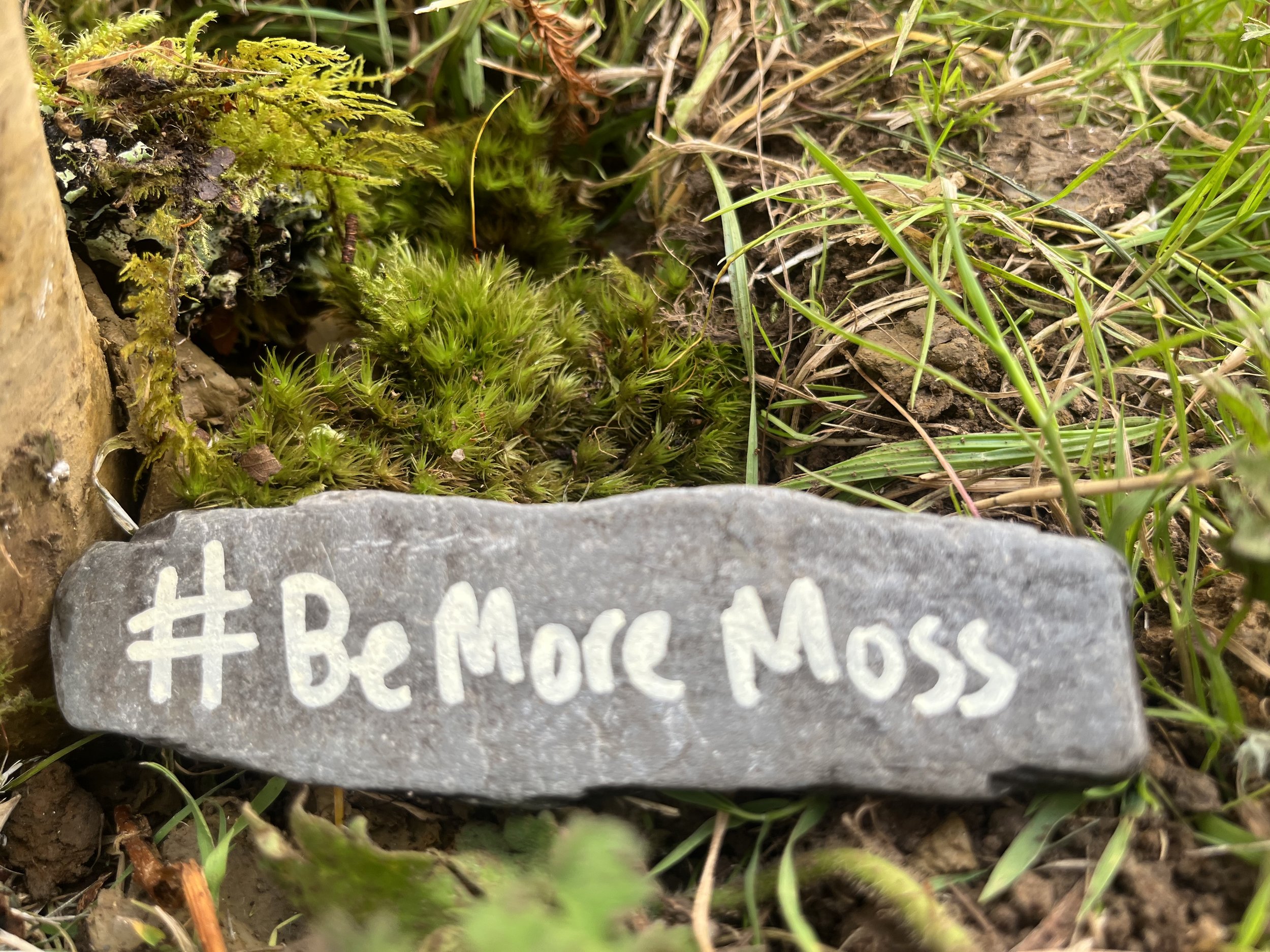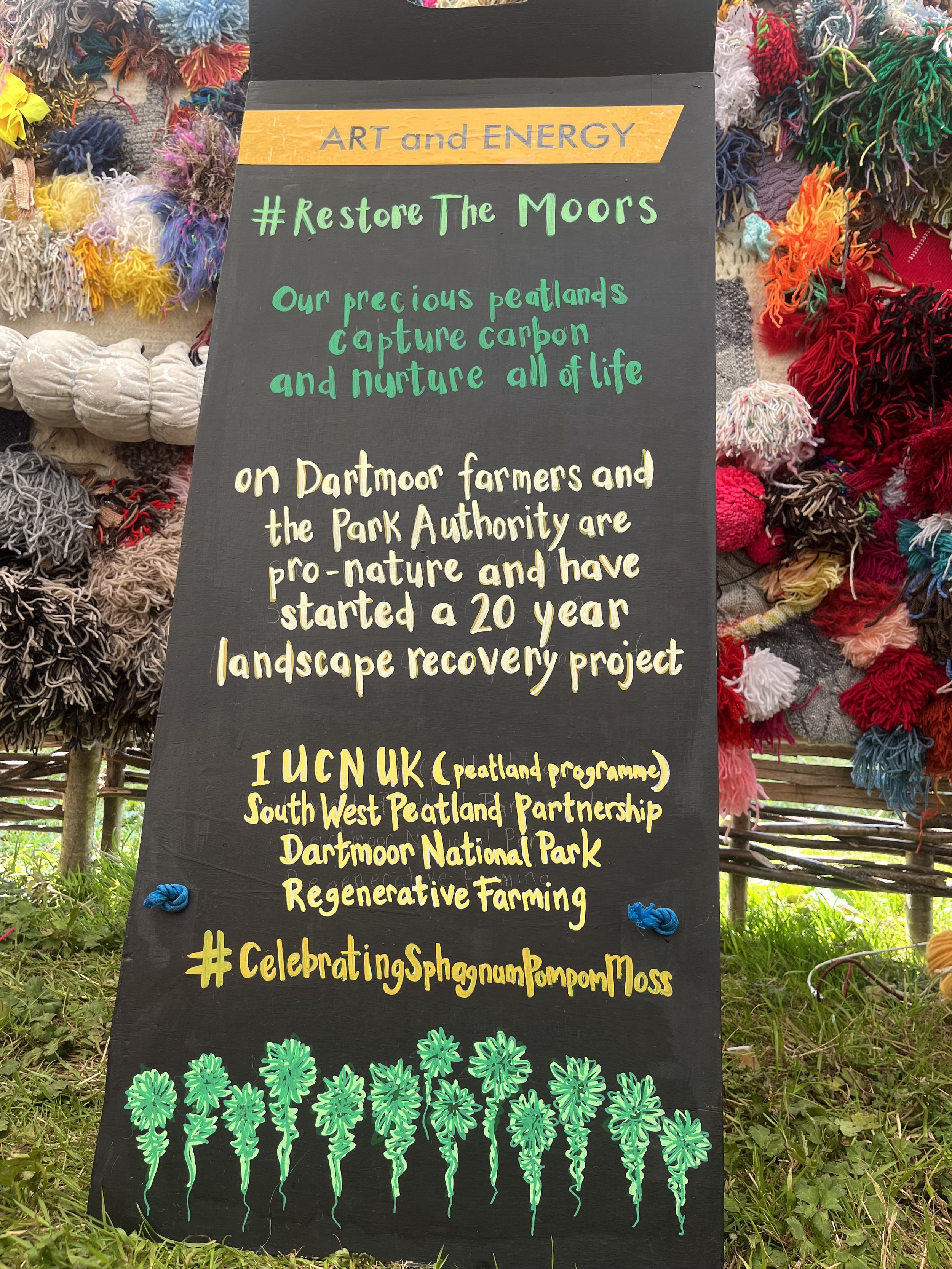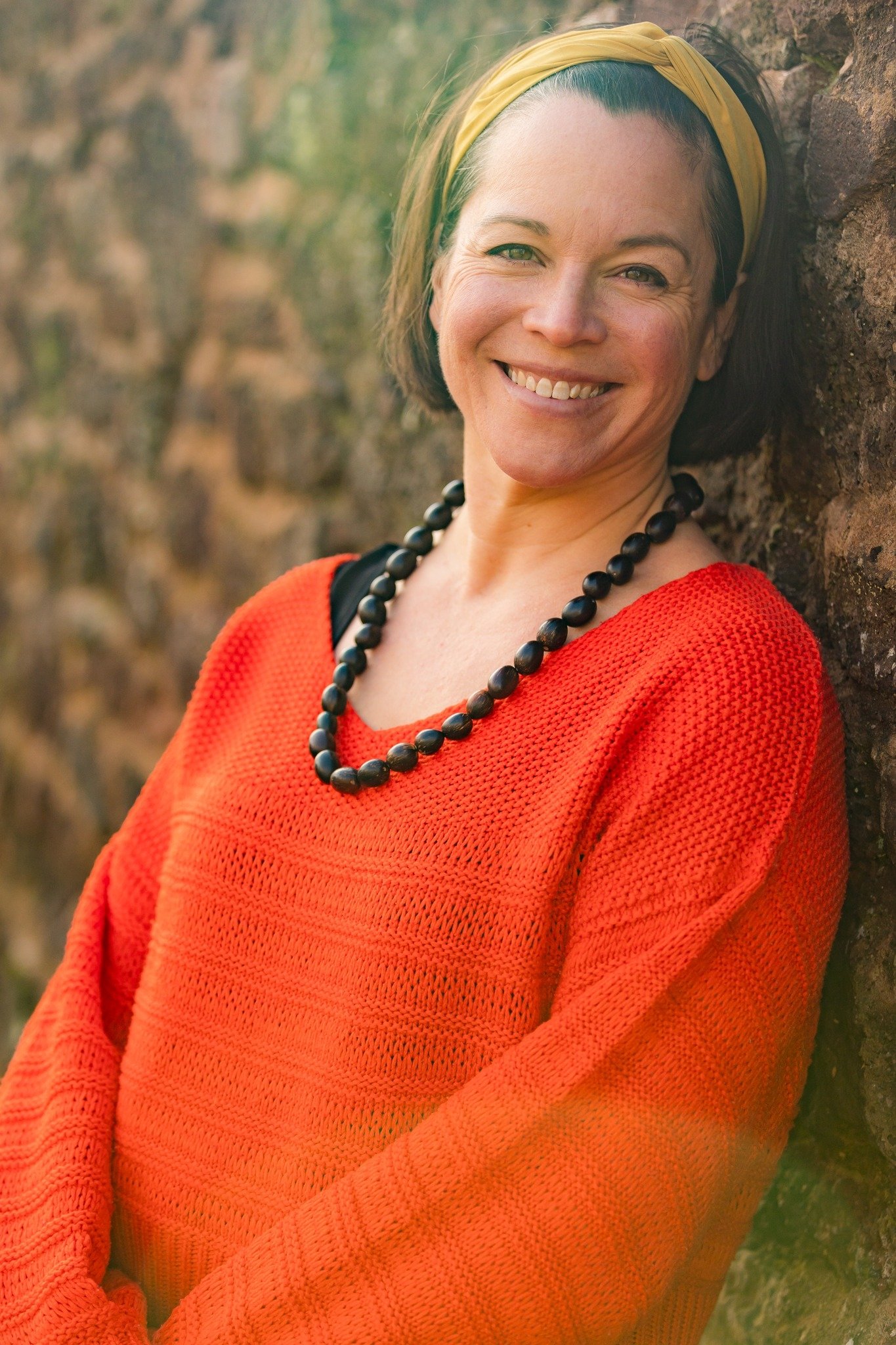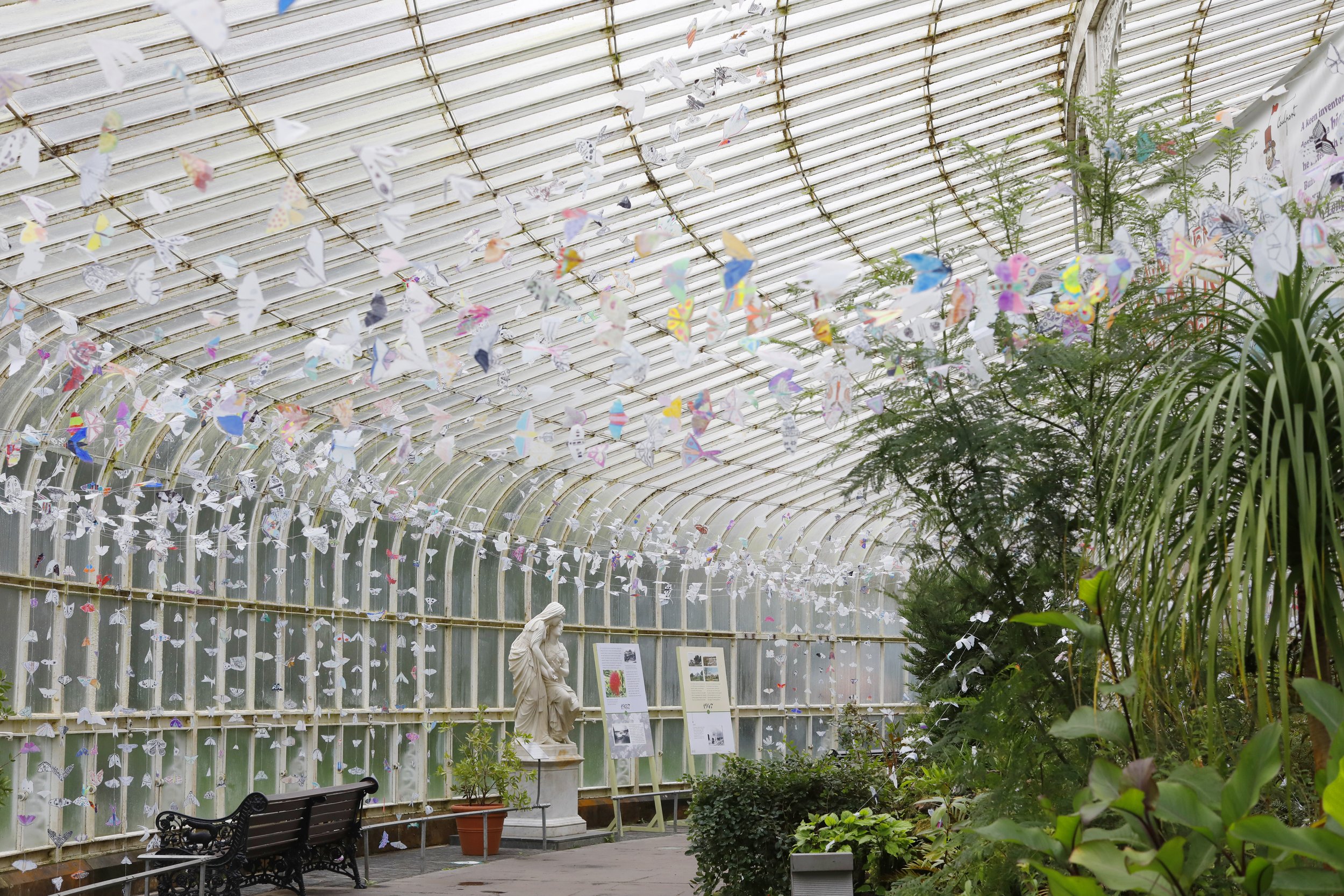Carbon looms large, it is the giant of our times.
Join The Art and Energy Collective in person and online as we journey deep into wild moss forests, seeking the inspiration and tools that will help us to Bury the Giant.
Let’s work together to summon our creative powers and find new ways to tackle the climate emergency.
We will use the power of art to;
learn more about mosses and how they can inspire us to take tiny actions for a brighter greener future
help restore some moorland
make green energy, understand our natural energy systems and turn away from fossil fuels.
reduce emissions as well as sequester carbon.
celebrate our nature positive actions
raise funds to support people in fuel poverty
together we will create our mass participation artwork The Mossy Carpet
Why moss?
At the dawn of time, moss was the first plant to venture out of the sea and onto the barren land.
Over millions of years, mosses trapped energy and buried carbon deep beneath the surface, transforming our planet into a place where life could thrive.
Moss grows in the cracks, at the edges and in the shadows. Look closely and you will discover a truly wild place on your doorstep.
Each tiny moss reveals skills for successful living. Persistence, resilience, simplicity, adaptability. From moss we gain hope as they return carbon to the earth.
Though small, moss tells us that tiny actions can make a big difference. When we work together, we can bring abundance back to abandoned places.
-
Mosses are part of a group of plants called Bryophytes. Along with other tiny plants called liverworts and hornworts, there are over 1000 species in the UK.
They have survived on the planet for 450 million years through extreme climate changes. We have a lot to learn from them. They are stronger than they first appear.
Mosses are often overlooked and ignored, yet they are all around us. This group of plants have incredible abilities to thrive in small spaces on roofs, pavements, deserts and forests, by the sea and up mountains. Worldwide there are more than 20,000 species.
They are scraped off surfaces for being green and damp, slimy and without flowers. When you look closely, and with a hand lens, you will be astonished at their complexity and beauty.
As most mosses are green, they photosynthesise to gain energy for growth and do this across -15ºC to 40ºC. Their leaves are only one cell thick and so interesting small projections and patterns of growth are designed to protect and prevent desiccation. They connect to the ground with rhizomes, fine cellular hair like structures, not roots. This means the whole plant is able to absorb the water and other nutrients it needs. They can also more easily find resting places, where other plants find it difficult such as a rocky or concrete surface.
Mosses make the most of their different environments, growing and spreading when conditions are right - when there is plenty of water. They have male and female growths for fertilisation. Spores are released from the male papery capsule or sporophyte on a thin stalk. Mosses also have special vegetative ways to grow, so that in some circumstances they produce clones.
-
Mosses absorb and hold rain water and nutrients in their spongey leafy structure and, in so doing, soil beneath develops and becomes humid too. They create an environment where other living organisms can begin to thrive above and below ground.
Within the moss lives a tiny moss-piglet, or tardigrade, barely visible to the naked eye, it looks other worldly. These tiny creatures go about their everyday life in their giant mossy forest world. Tardigrades are hardy creatures, and humans have tested this capacity in outer space.
As mosses grow, so the conditions for larger plants and trees to take hold emerge, and with them come insects, amphibians, mammals and birds to live in marshes, woodlands, grasslands and other ecosystems, life as we know it now.
Mosses are used by other animals for food, shelter and insulation. The film of water in and around the moss creates a mini habitat in itself for nematodes and bugs and springtails. Birds not only eat these moss mites, they also use moss in nest building.
Mosses are highly significant in combatting the impacts of the climate emergency, they protect from extreme weathers, they absorb air pollutants, they are the first plant to grow on land damaged by wild fires. They stabilise the soil and create the environment for microbes, bacteria and fungi to reconstitute the habitat for larger plants to grow back.
So much to learn about and from mosses - our climate superhero !
-
Sphagnum mosses are particularly special mosses to bogs and wetlands. They have a pom-pom leafy top to their long strand. They can store many times their weight in water. There are about 30 species which form mounds and mosaic carpets of growth with other mosses, lichens and vascular plants.
All mosses sequester carbon, soaking it up as carbon dioxide, turning it into carbohydrates, through photosynthesis. Sphagnum moss, sometimes referred to as bog moss, becomes peat. As the moss grows in the light, so the leafy plant and rhizome is pressured down below without oxygen and slowly, in its anaerobic wet reduction, turns into carbon rich peat. Sphagnum moss lays down about 1mm of peat per year, so that 10 cm is the equivalent of 1000 years, 1m is 10,000 years of climate history below your feet.
A tiny action that you could do is to check that you don’t use peat in your garden. Once it is dug up, it has gone for generations, if not for ever.
Sphagnum moss has antibacterial qualities, and has been used in the First World war in bandages. It also has been used for sanitary wear.
The Mossy Carpet
We want you to get involved and help us make a new mass-participation artwork called The Mossy Carpet
The Mossy Carpet is designed to
help people connect with nature,
be really easy to join in,
harness hope and action for a brighter greener future and
make a magnificent and impactful artwork which tours places around Devon and the UK
The Mossy Carpet has its own webpage where you can find out more about how to join in!
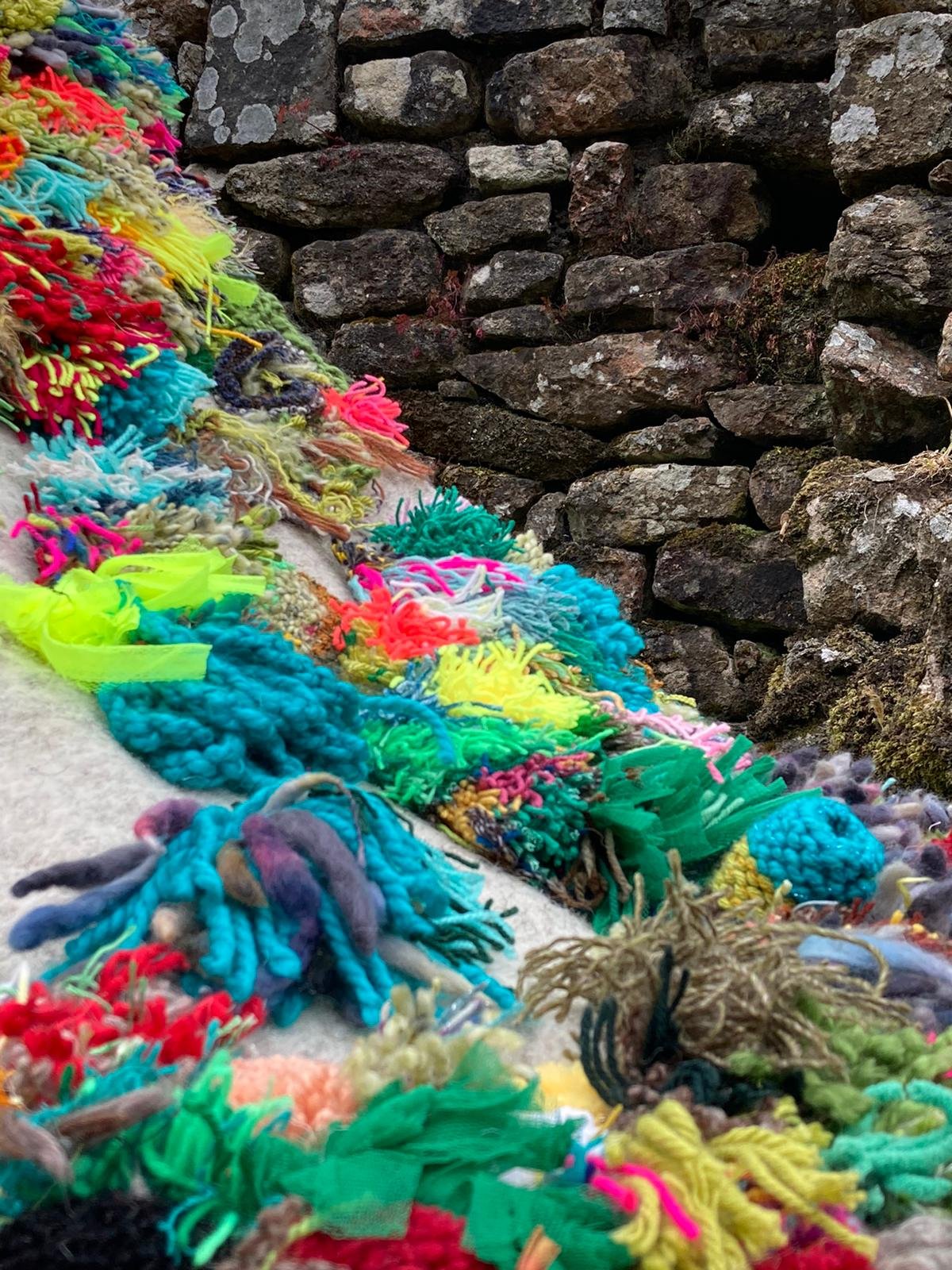
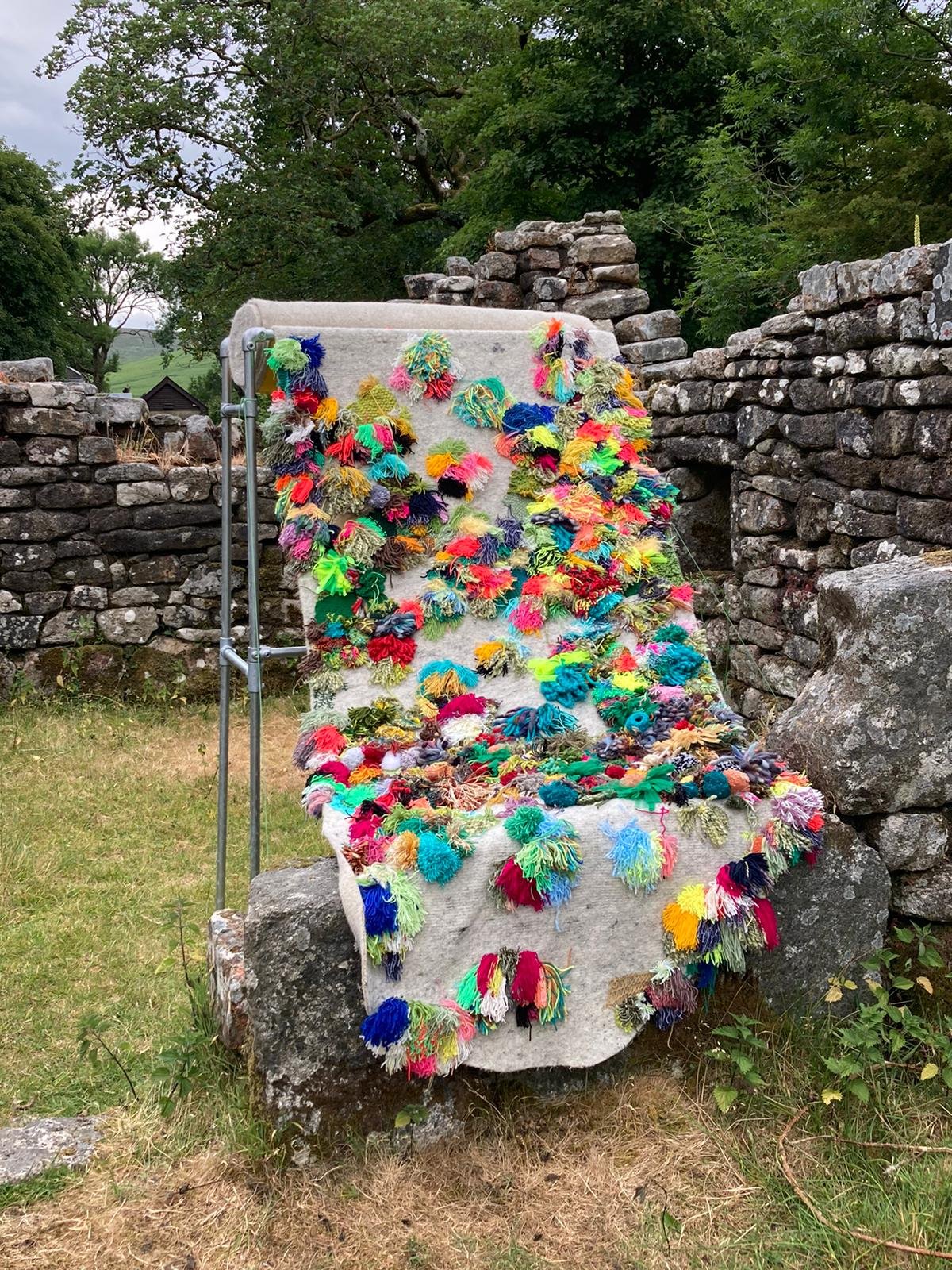
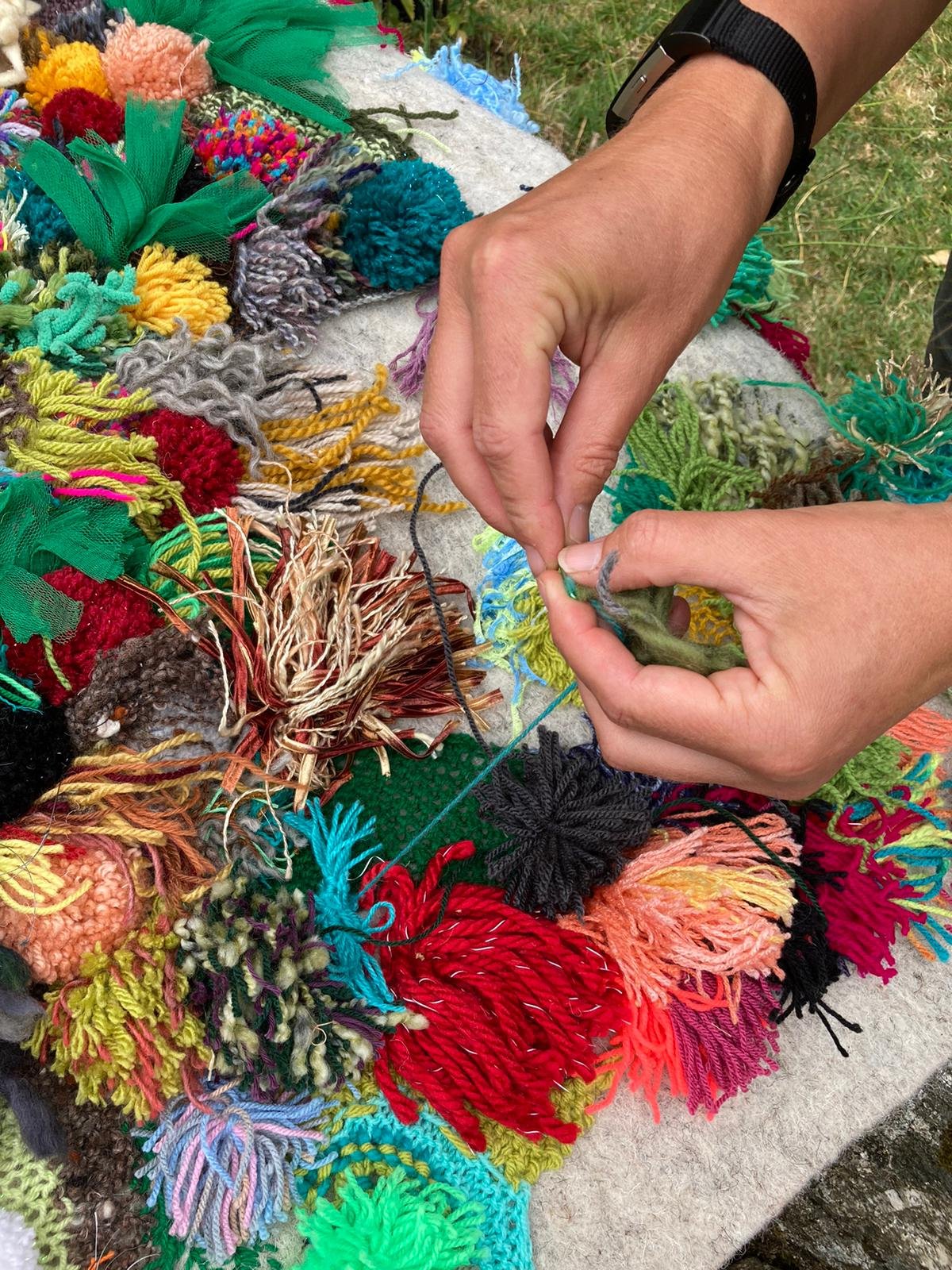
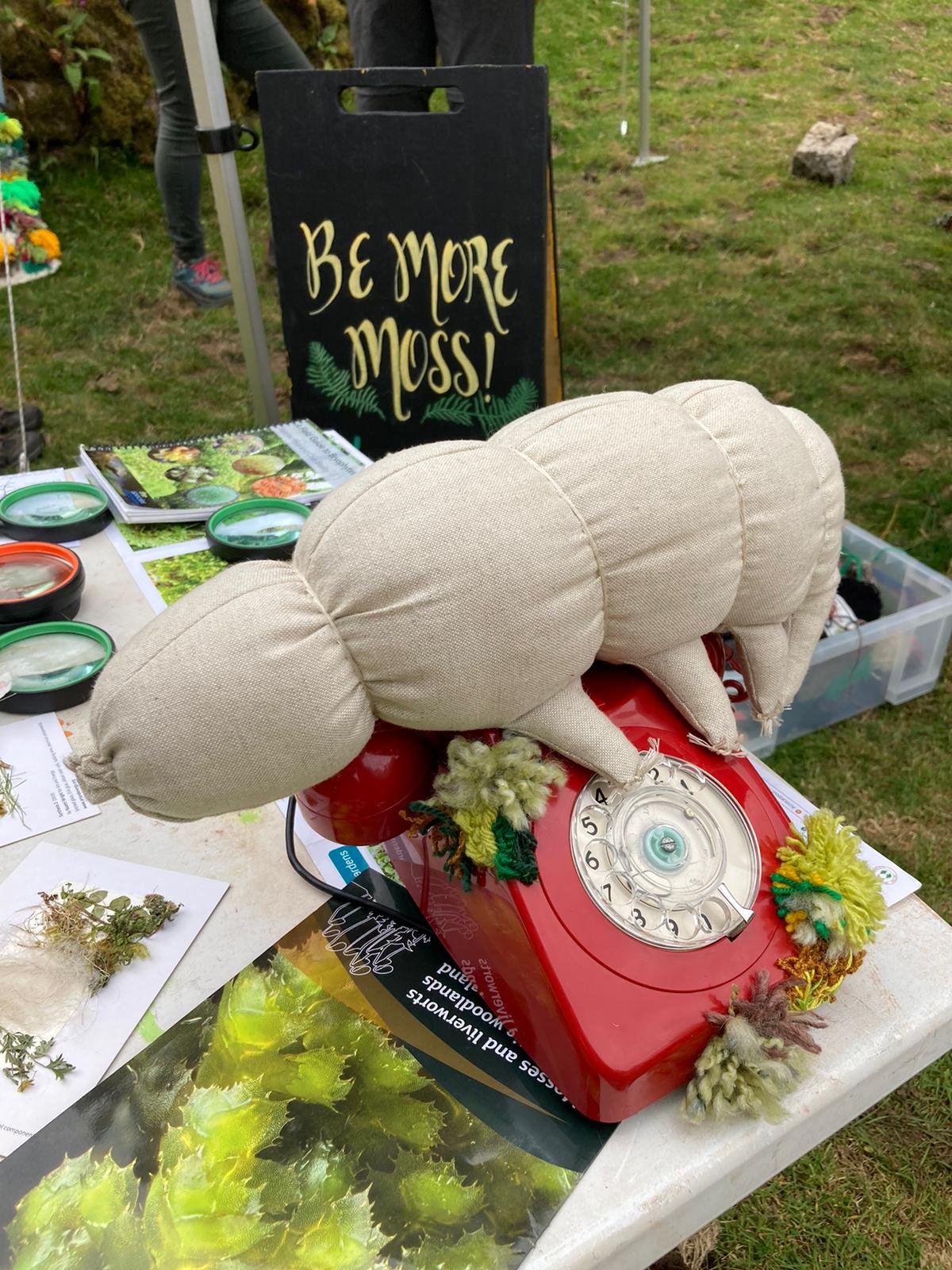
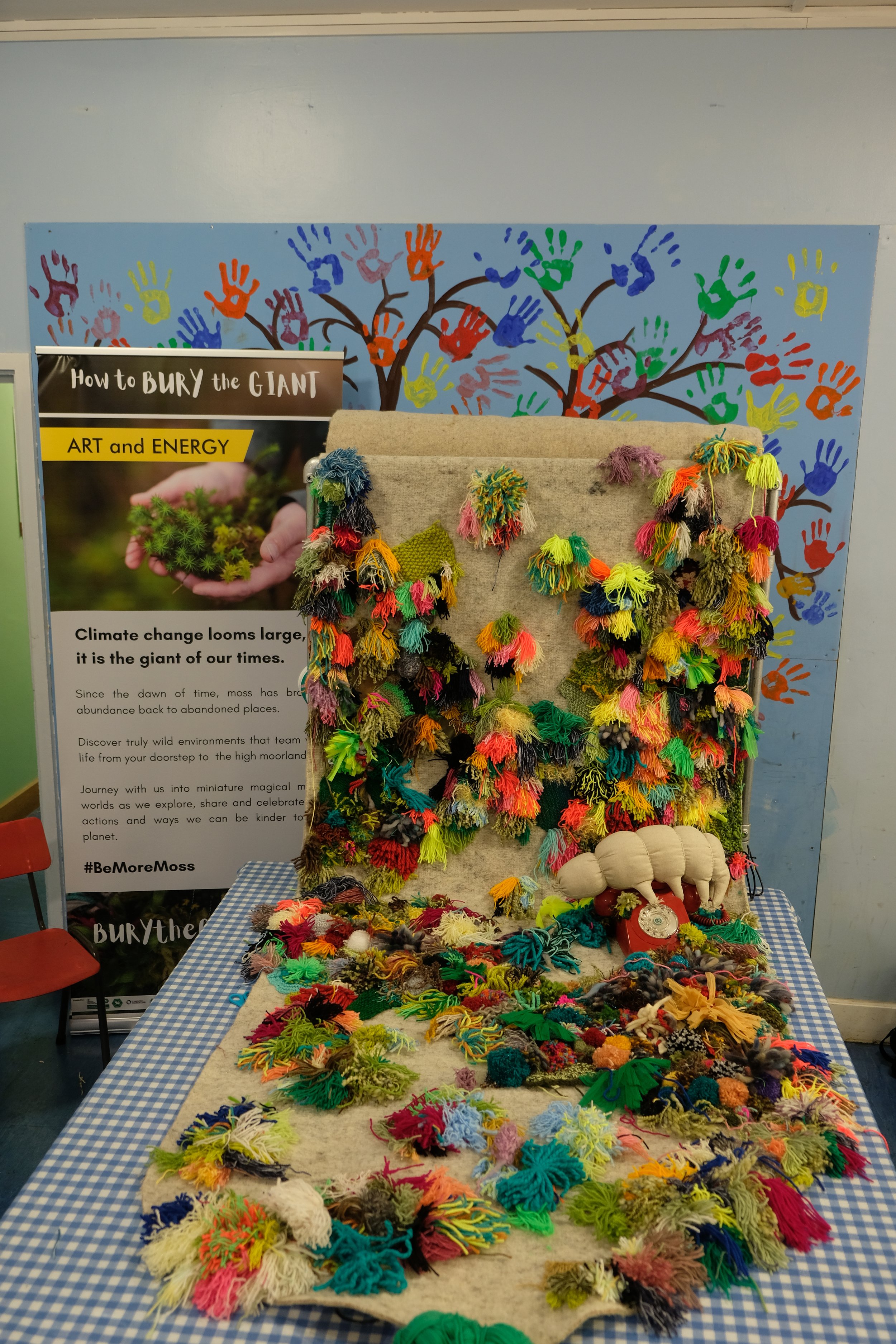
Moss Gallery
We will continue to add to this gallery - if you have some photographs of mosses you want to share, please do get in touch.

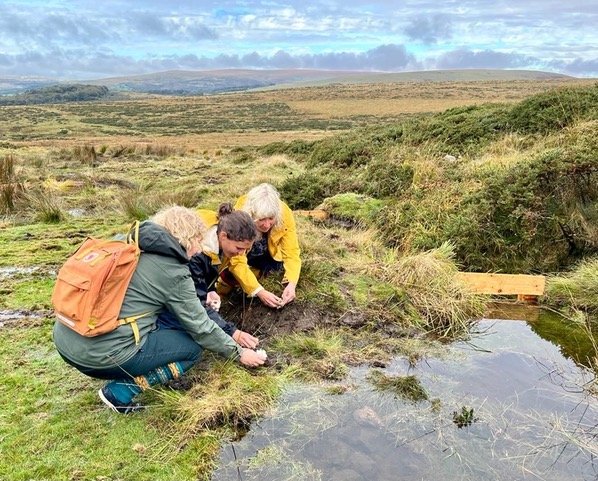
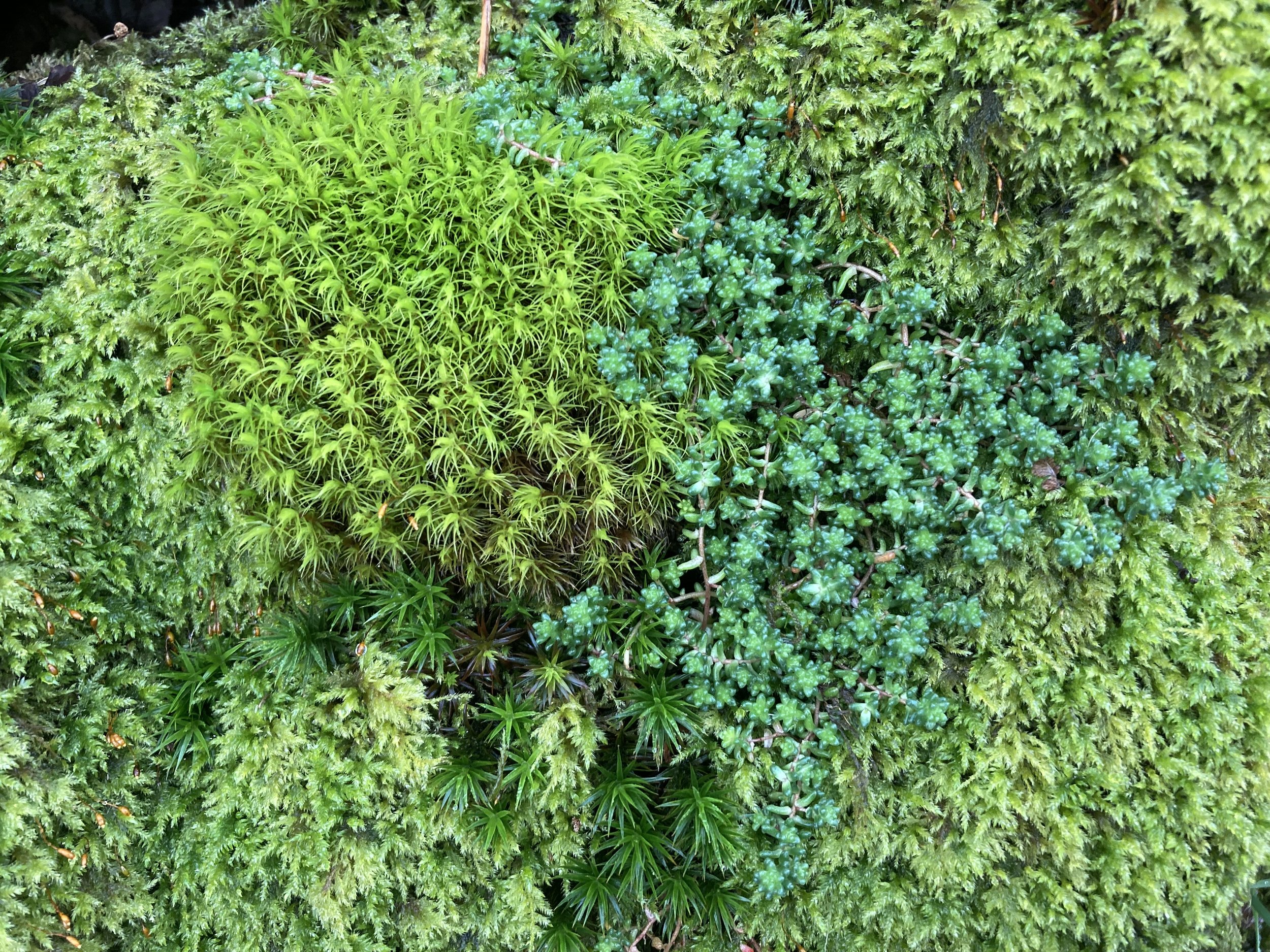



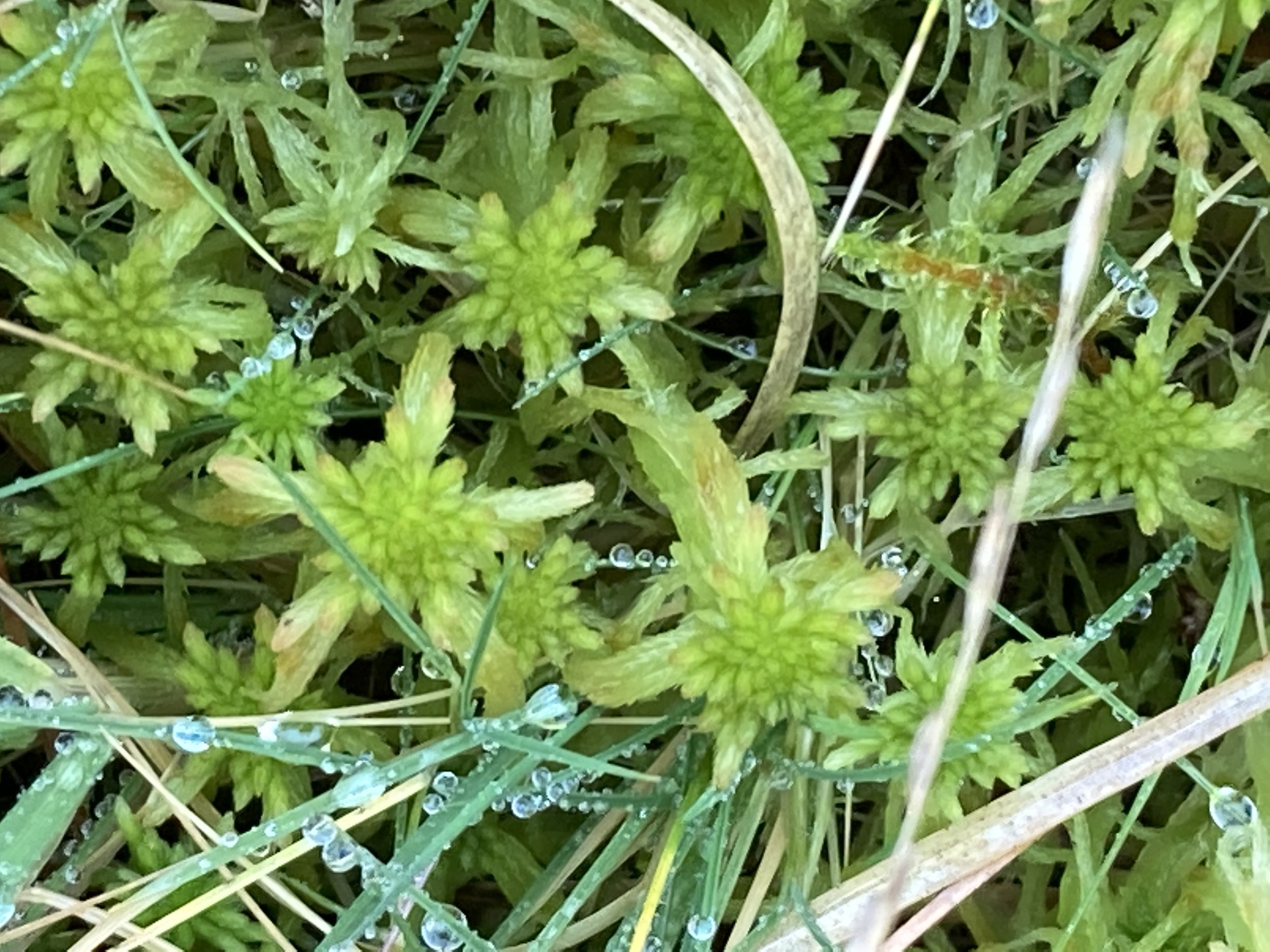

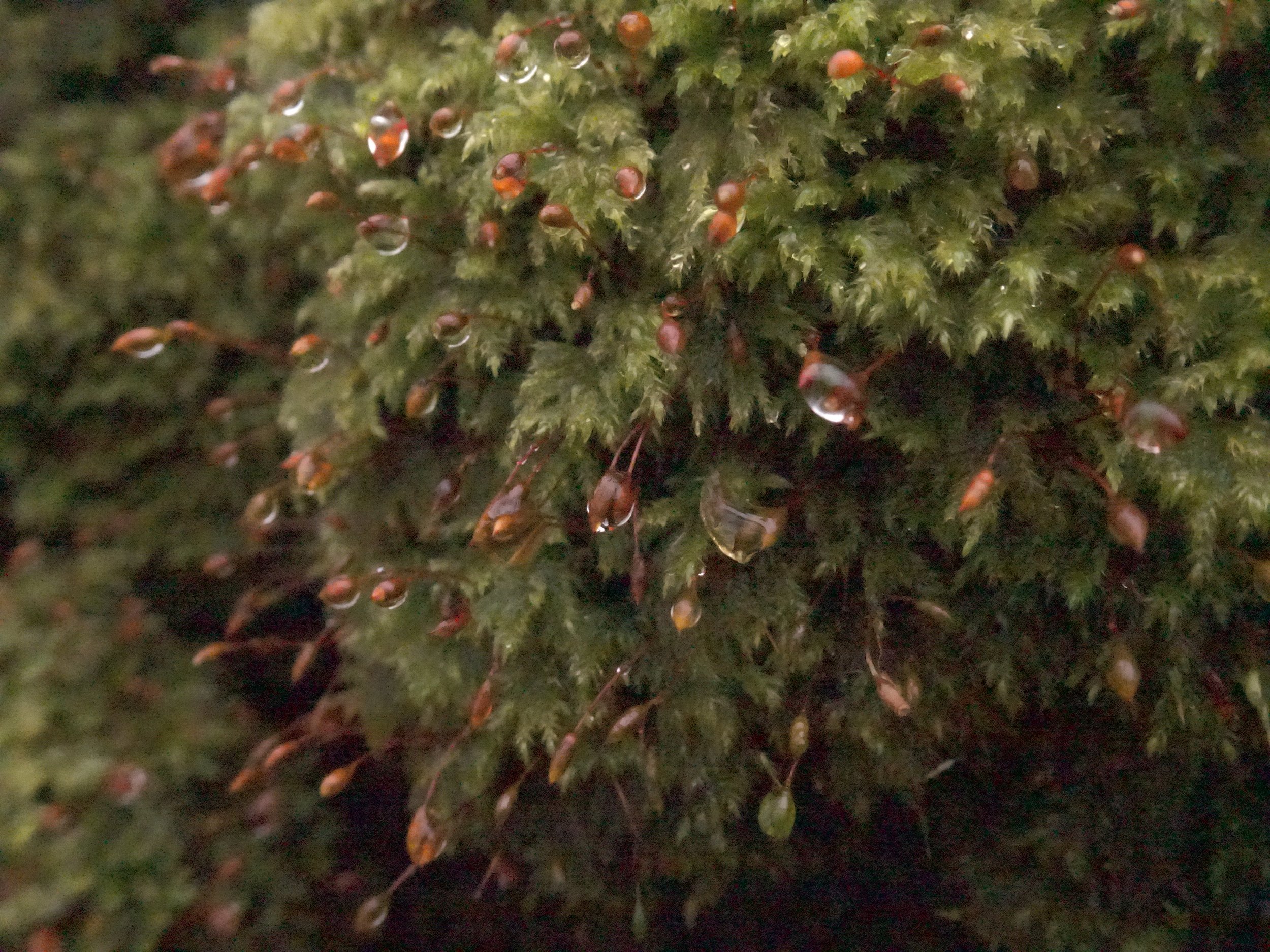









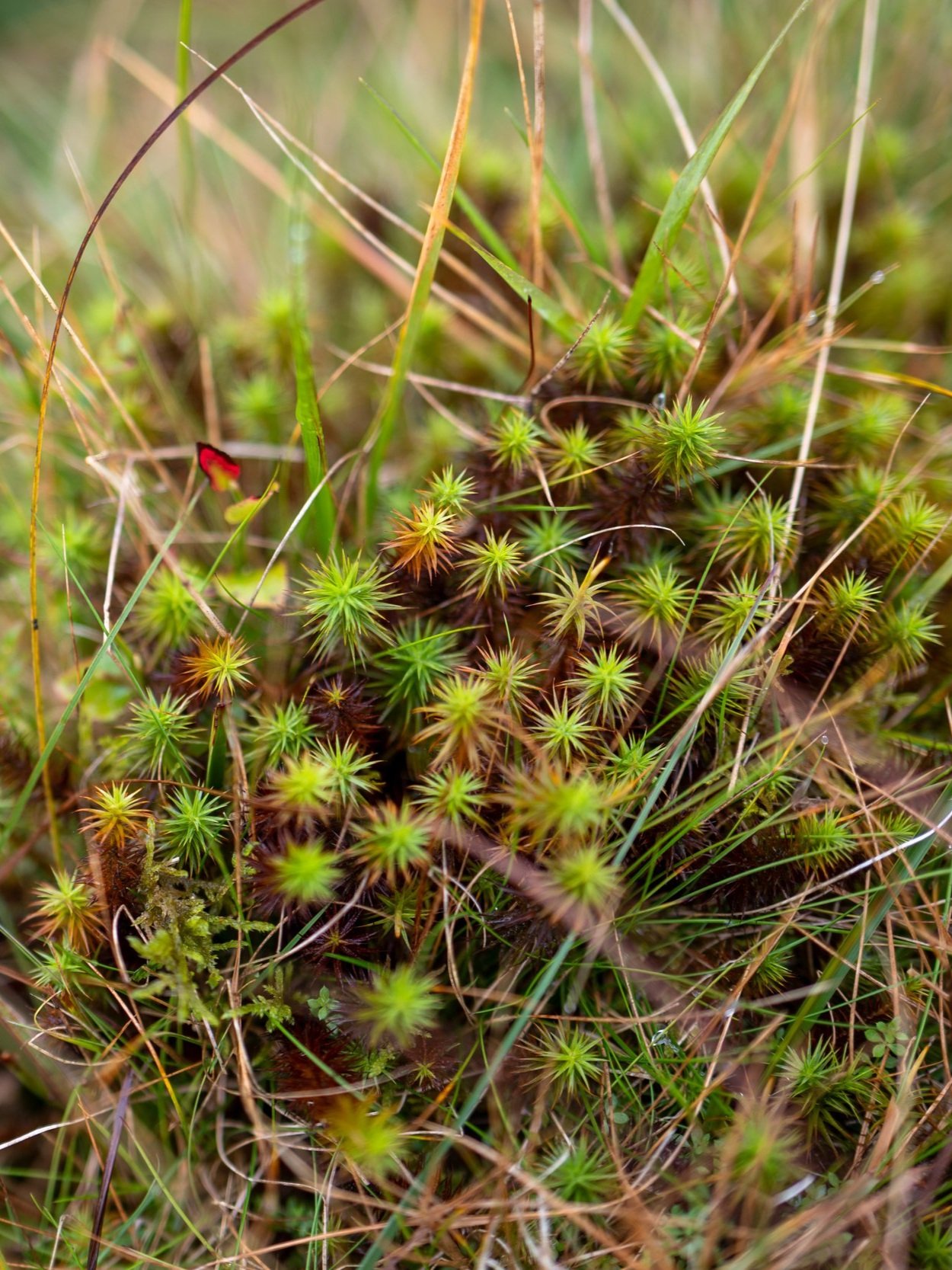

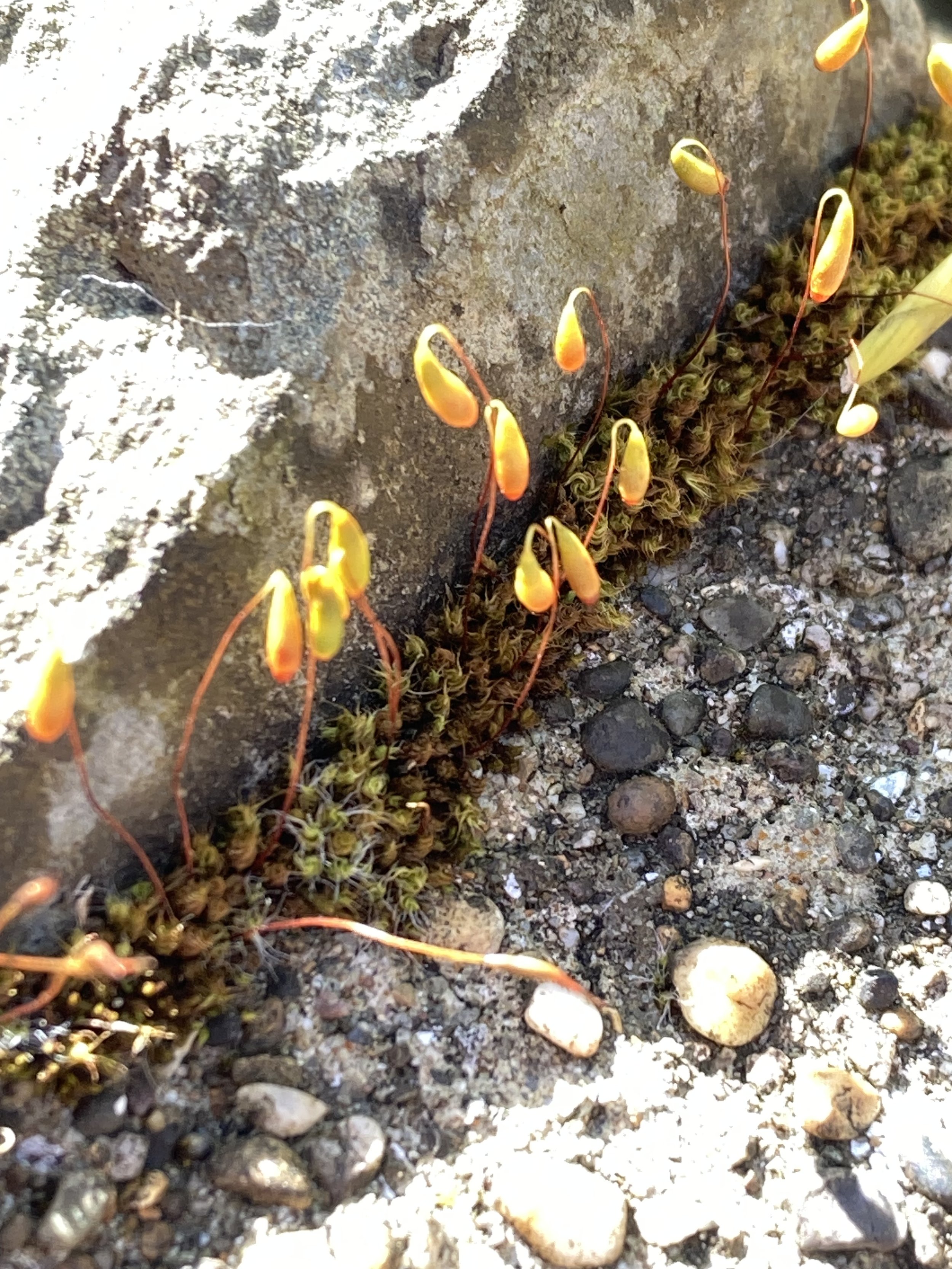
In Moss and Moor
In Dartmoor we are inviting people to get to know the mosses in their carbon rich landscape. Only 1% of the original peat-bog is healthy and it will take a massive effort from many organisations to help it regenerate. Our collaborative work will celebrate the peatlands and help to regenerate them with those that live and work there.
With partners, schools and communities we will make tiny jam jar mossy worlds; creatively experiment with growing place specific sphagnum moss and making local fleece felt to help restore parts of the moor that have been damaged.
Wetlands on the moors are some of the UK’s most important landscapes for carbon sequestration. Mosses bury carbon in the ground as peat, so preserving and repairing these places and helping meet the climate challenge.
If you are interested in getting involved with this let us know…. hello@artandenergy.org
News
Upcoming events
Our partners:
-

Conserve the cultural landscapes associated with Commoning and enhance the natural assets of Common Land for the benefit of the public.
-

National development agency for creativity and culture - growing skills, knowledge and networks to help creativity and culture flourish across the country.
-

A medieval working hill farm in the heart of Dartmoor National Park providing a safe homely environment where conservation and youth work can thrive to inspire every individual.
-

Empowers the community to create a fair, affordable, zero carbon energy system with local people at its heart - a charity and a social enterprise, with a cooperative ethos.
-

A broad-based, research-intensive university, delivering excellent interdisciplinary research, experiential education and civic engagement.
-

Works to support grassroots projects that regenerate nature, especially those that can be replicated and scaled across the county. Working to protect and restore at least 30% of Devon’s land and water by 2030.
-

A working farm (part of the Duchy of Cornwall estate) in the heart of Dartmoor National Park, producing high welfare beef and lamb, whilst conserving and enhancing the wildlife, landscape and archaeology that makes it such a special place.
















